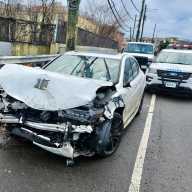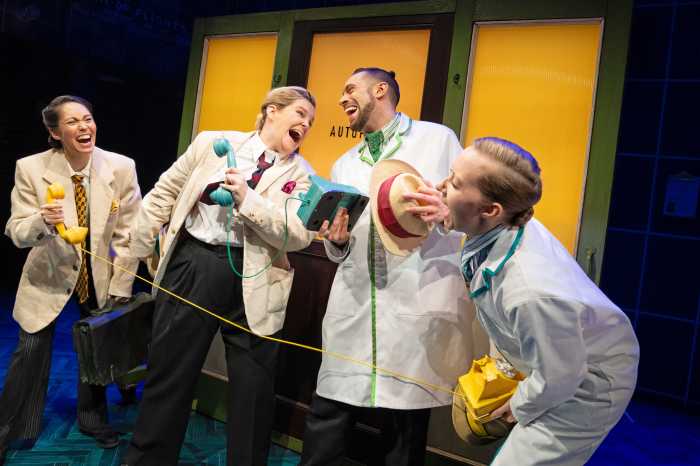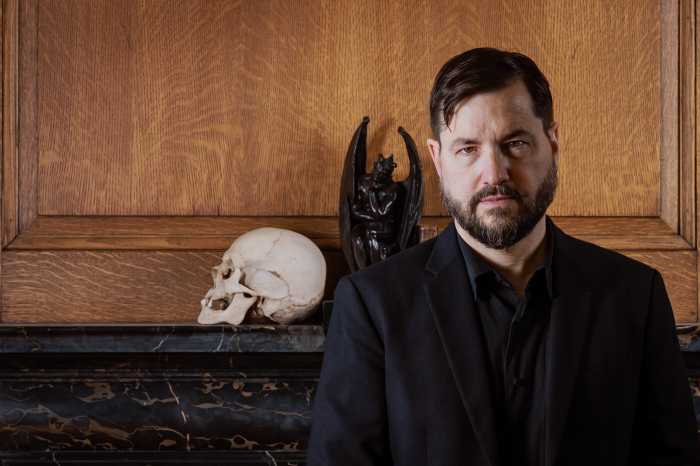With just days until the start of a new budget year in New York State – and a $300 million hole thanks to the disqualification of Aqueduct Entertainment Group (AEG) to run the Racino at the Queens track – the whole future of thoroughbred horse racing here is in doubt.
The New York Racing Association (NYRA), which operates Aqueduct, Belmont and Saratoga thoroughbred tracks, has been getting nothing but bad news on the financial front.
On March 6, when AEG was still on track to pay $300 million, NYRA president and CEO Charles Hayward reportedly suggested that the Saratoga racing season was safe, but “If (NYC OTB) closes down then all bets are off.”
A week later, AEG and their money were gone and they were threatening to sue.
Paterson is “strongly recommending” that the project be rebid in an expedited manner “based on the state’s standard procurement process,” Governor’s office spokesperson Morgan Hook said on Monday, March 22. “That will require agreement from the Speaker and Senate leadership, and those conversations are ongoing,” Hook added.
Later on Monday, U.S. Bankruptcy Judge Martin Glenn said that the former New York City Off Track Betting Corporation (NYC OTB) could remain under bankruptcy protection. NYC OTB owes NYRA roughly $15 million and directly competes with the tracks for betting revenue.
The OTB board voted on Monday to shutter all 66 of its betting parlors and lay off its 1,300 employees on Sunday, April 11, unless Albany approves its bailout plan – calling for reduced payments, betting kiosks and $250 million in loans – which has been met with skepticism in Albany.
“I don’t think its workable,” said Assemblymember Gary Pretlow, chair of the Racing and Wagering Committee.
On Sunday, March 21, the first race at Aqueduct had to be cancelled when all six horses were scratched in a boycott as 1,200 equine industry owners and workers demonstrated at Belmont Park for the Racino at Aqueduct.
At issue is the estimated $1 million per day in Video Lottery Terminal (VLT) money from Aqueduct, a portion of which would go to the tracks and the industry, which support 35,000 jobs and produce $2.4 billion in revenue in the state annually.
According to published reports, three of the largest horse farms in New York closed in the last year; the number of stallions in New York has dropped more than half and brood mares more than a third, since the peak in 2003.
In the meantime, most of the losing bidders in the last Aqueduct contest have expressed continued interest in the project, “but we have to see just what they’re going to come up with this time,” in the words of one spokesperson, who asked not to be identified. “After this last debacle, we want it in writing,” the spokesperson said.
































